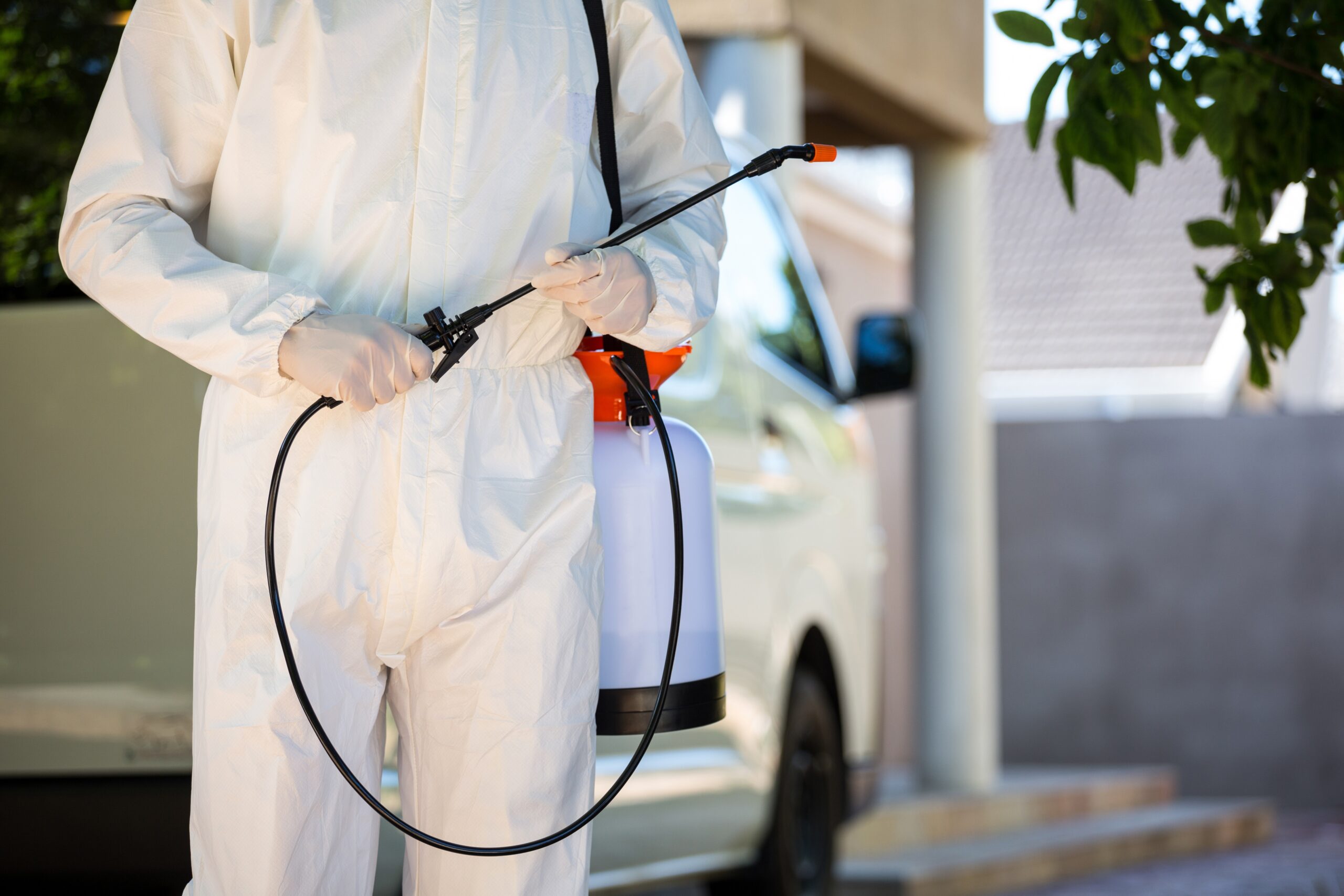Moles, while small in size, can have a significant impact on lawns and landscapes in Jacksonville, FL. This article delves into the effects of mole activity, identification of mole signs, prevention techniques, effective control strategies, and the importance of seeking professional assistance for mole control in residential and commercial properties to get Pest Control Jacksonville FL.
Identifying Mole Activity
Surface Tunnels and Mounds
Moles are known for their intricate tunneling systems, which they use to forage for food and navigate their surroundings. Surface tunnels are characterized by raised ridges in the soil, while mole mounds are visible piles of excavated dirt. Patterns of mole activity can vary, with increased tunneling during periods of high insect activity or favorable soil conditions.
Damage to Lawns and Landscapes
Moles primarily feed on insects and larvae found in the soil, which can lead to extensive damage to lawns and landscapes. Signs of mole damage include irregular patches of raised soil, shallow tunnels near the surface, and uprooted plants or damaged roots in garden beds. Their feeding habits can disrupt root systems and create unsightly blemishes on the surface.
Mole Anatomy and Behavior
Understanding the anatomy and behavior of moles is essential for effective control measures. Moles are adapted for a subterranean lifestyle, with specialized forelimbs for digging and powerful jaws for consuming prey. Their diet consists mainly of earthworms, grubs, and other soil-dwelling insects, making them beneficial contributors to soil health in natural ecosystems.
Prevention Techniques for Mole Control
Habitat Modification
Modifying the mole’s habitat can help deter their presence in lawns and landscapes. This includes improving soil drainage and reducing excess moisture, as moles are attracted to moist environments with abundant prey. Additionally, reducing insect populations through integrated pest management (IPM) strategies and selecting plants resistant to mole damage can minimize mole activity.
Physical Barriers and Exclusion Methods
Installing physical barriers underground can prevent moles from accessing vulnerable areas such as garden beds or ornamental plantings. Underground fencing made of wire mesh or hardware cloth can deter moles from tunneling into specific areas. Additionally, using mole repellents or deterrents, such as castor oil-based products, can discourage mole activity in targeted areas.
Natural Predators and Biological Control
Encouraging natural predators of moles, such as owls, hawks, and snakes, can help regulate mole populations in outdoor environments. Introducing beneficial nematodes, microscopic organisms that feed on mole larvae, can also provide biological control of mole populations. However, it’s essential to consider the limitations of biological control methods and their effectiveness in specific environments.
Effective Mole Control Strategies
Trapping Techniques and Devices
Trapping is one of the most effective methods for controlling mole populations in residential and commercial properties. Various types of mole traps are available, including scissor traps, harpoon traps, and tunnel traps. Proper placement and timing of traps are crucial for success, with traps strategically positioned along active mole tunnels and checked regularly for captured moles.
Chemical Control Options
In cases of severe mole infestations, chemical control options may be necessary to achieve effective control. Mole baits containing toxicants such as bromethalin or zinc phosphide can be used to target moles in their tunnels. However, it’s essential to follow safety guidelines and regulations for the safe application of chemical mole control products to minimize risks to non-target organisms.
Professional Mole Control Services
For persistent or widespread mole infestations, seeking professional mole control services is recommended. Certified pest control technicians have the expertise and experience to assess mole activity, develop tailored treatment plans, and implement effective control measures. Professional services may include inspection, trapping, chemical treatments, and follow-up services to ensure long-term mole control.
Conclusion
Effective mole control requires a combination of prevention techniques, control strategies, and professional intervention. By understanding the signs of mole activity, implementing preventive measures, and seeking timely assistance from pest control professionals, property owners can minimize the impact of moles on their lawns and landscapes in Jacksonville, FL.

Leave a Reply